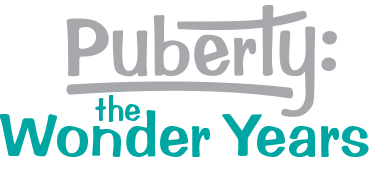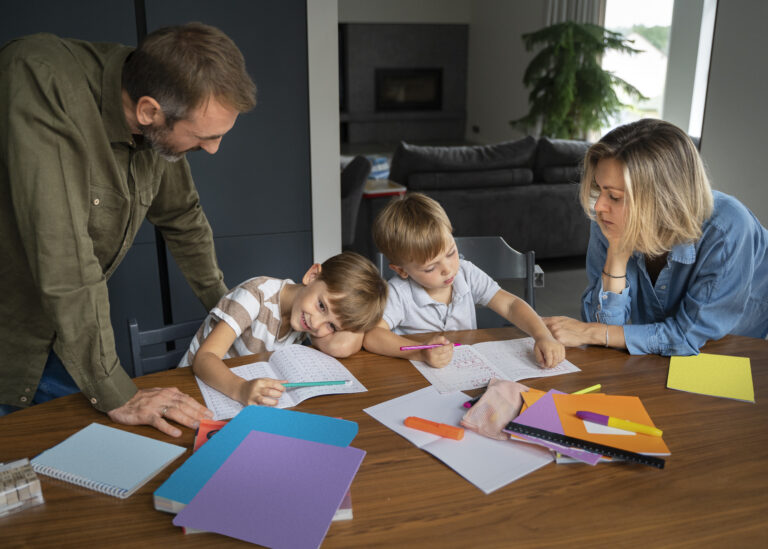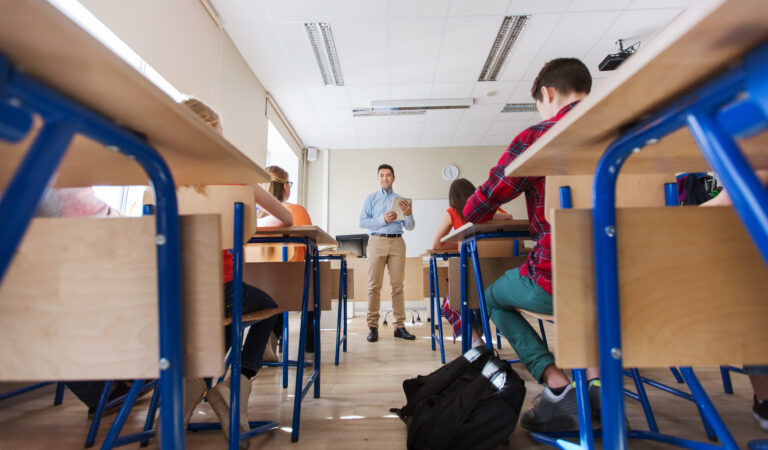This is the first post of a 7-part series on disability and sexuality written by guest blogger Ashira Greenberg, MPH, CHES. Ashira Greenberg (she/her/hers) graduated with her Master of Public Health from Columbia University’s Mailman School of Public Health and then earned her CHES certification. Ashira is passionate about child, youth and family health with an interest in improving healthcare and educational experiences for all young people. Ashira is especially committed to advocacy and health promotion on behalf of youth with physical disabilities, chronic illness, and complex health needs. Ashira has been involved in a variety of advocacy-related efforts as part of her local disability community for over 10 years.
Introduction
Puberty can be an uncomfortable topic and adding disability does not make conversation easier; however, learning how to talk about disability is important. All people, regardless of ability, need affection, love, acceptance, and companionship. Disability also does not inherently negate a person’s sexuality, bodily autonomy, and the right to positive relationships. While disability may place greater focus on fundamental needs (i.e. eating, sleeping, and bathing), people experience many needs and must learn to balance multiple aspects of life simultaneously, including social, romantic, and sexual interests. Health concerns can also arise regardless of relationship status or sexual activity and can be more difficult to detect if disability obscures presentation or introduces barriers to care. Education is necessary for people to learn about themselves, relationships, and responsibility to engage safely in the world.
What is disability?
According to the Centers for Disease Control and Prevention (CDC), disability is “any condition of the body or mind (impairment) that makes it more difficult for the person with the condition to do certain activities (activity limitation) and interact with the world around them (participation restrictions).” Disability can impact physical skills (i.e. vision, hearing, moving), cognitive skills (i.e. thinking, learning, remembering), mental health, and social relationships. Not all disabilities are visible, and people can become disabled from illness, injury, trauma, or natural aging, at any time. Disability may change in response to many factors and increases vulnerability to violence and marginalization. With the range of ways that disability impacts life, not all people who experience physical, cognitive, or mental health conditions identify as disabled. Personal identity around disability should always be respected and does not take away from rights to protection and support.
Who is disabled?
People with disabilities are the largest minority in the world. The World Health Organization (WHO) states that approximately 15 percent of the world population lives with disability. Data on United States youth shows that nearly 10 percent of the 62 million children in the United States who are under the age of 15 have a disability. People with disabilities are a diverse group with different needs and experience. They come from different cultures and have many personal as well as professional interests in a variety of fields. They can identify with any gender and sexual orientation. Regardless of gender identity or sexual orientation, people with disabilities can enjoy satisfying relationships (as friends, partners, lovers, and spouses) with people of any ability status. People with disabilities can also build loving homes and be great parents to children of any ability status.
Disability Rights and Etiquette
Prejudice against people with disabilities is called ableism. Ableism is just as serious as racism, sexism, or other forms of prejudice. Many students with disabilities are protected by laws like the Americans with Disabilities Act (ADA) and have an Individualized Education Plan (IEP) or 504 Plan to support their needs. Legal compliance is critical, but laws are just a starting point for equity and do not fix attitudes. While interactions are less likely to go well if ableism is present, etiquette centers respect and allows people to feel welcome.
Disability etiquette relates to particular disability types in different ways, but respect is important for everyone. Learn about Person-First Language[i] and Identity-First Language, and respect individuals’ preferred terminology for referring to disability. Address people with disabilities directly regardless of the presence of support people and maintain privacy to the extent possible.
Be aware of these things to foster respectful communication:
- Personal space (e.g., do not stand over a wheelchair)
- Physical gestures (e.g., do not touch assistive devices without permission)
- Body language (e.g., be mindful of eye contact)
When supporting someone with a disability, do not make assumptions. People have different preferences around access support. Invite students to express needs and experiences with disability, if students would like to share. When possible, offer options for possible accommodations (which will be covered in a later post) to allow students to choose their preferred support. Do your best to honor students’ preferences and keep communication open in case of change. As educators, respect and communication are keys to supporting healthy development in all people–regardless of ability.
About the Disability and Sexuality Series
This post is part 1 of a series on Disability and Sexuality written by guest blogger, Ashira Greenberg. Read part 2 “Accessible and Inclusive Lessons.”
Notes and Resources:
Faces of Disability
- Disability and Health Overview, CDC
- Disability, WHO
- Disabilities, Youth.gov
- LGBT People with Disabilities, Center for American Progress
- Disability, Sex, Relationships and Dating Roundtable, Hannah Witton
- Parenting with a Disability: A New Frontier of Disability Rights, ACL Administration for Community Living
Violence and Marginalization Against People with Disabilities:
- Victims with Disabilities, Office for Victims of Crime
- Sexual Abuse of People with Disabilities, RAINN
- End Abuse of People with Disabilities
Disability Rights and Etiquette
- The Americans with Disabilities Act, ADA.gov
- IEP vs. 504 Plan: What’s the Difference?, Understood
- Ask a Self-Advocate: The Pros and Cons of Person-First and Identity-First Language, Massachusetts Advocates for Children
- Disability Etiquette – A Starting Guide, Disability:IN
Teaching Resources
[i] Note on Person-First Language: This post uses Person-First Language as Person-First Language is generally considered to be the most respectful form for professional writing and/or talking about a group of people whose individual preferences are unknown. Individual preferences for Person-First Language or Identity-First Language are equally valid and should always be respected when referring to an individual.



